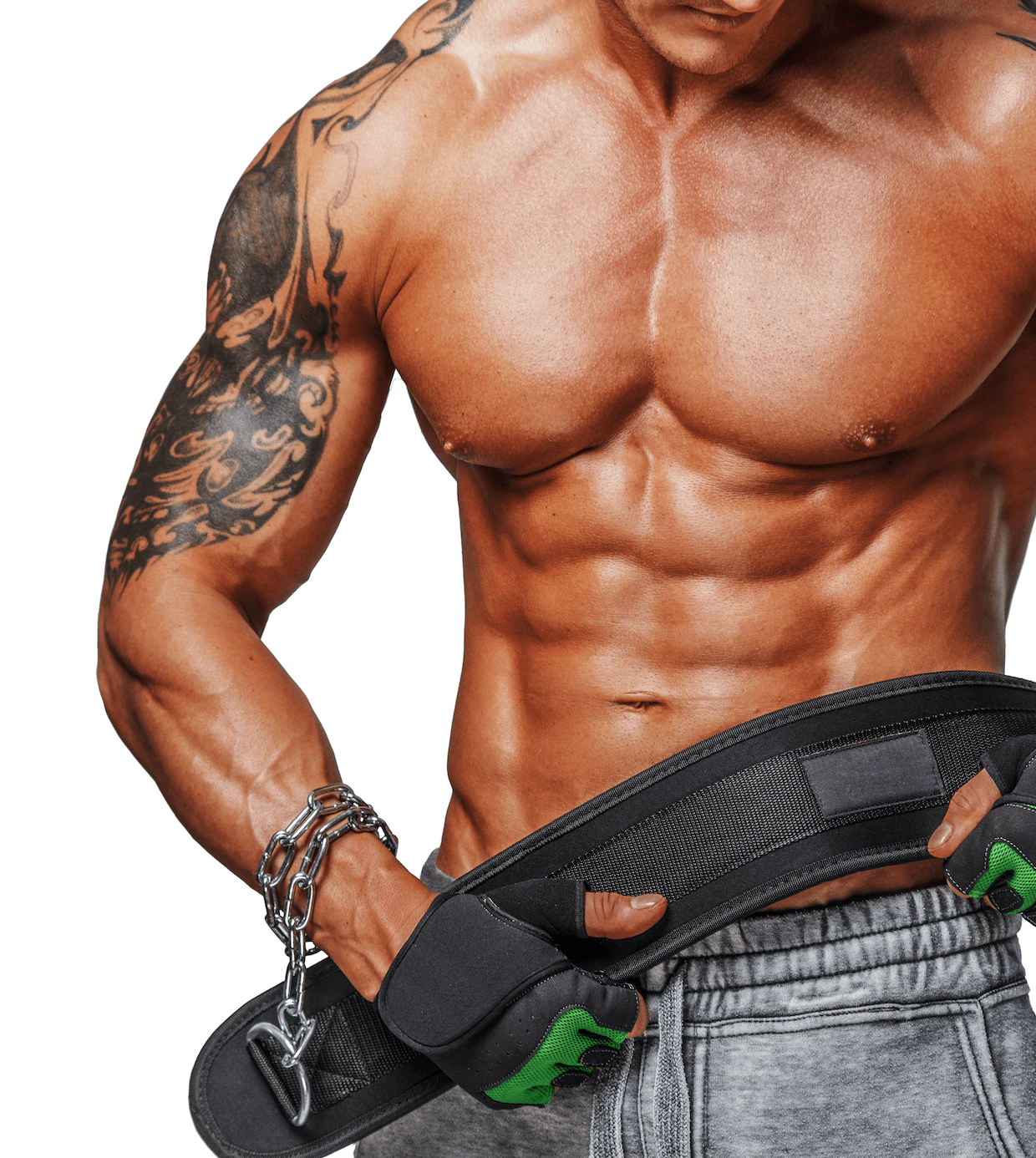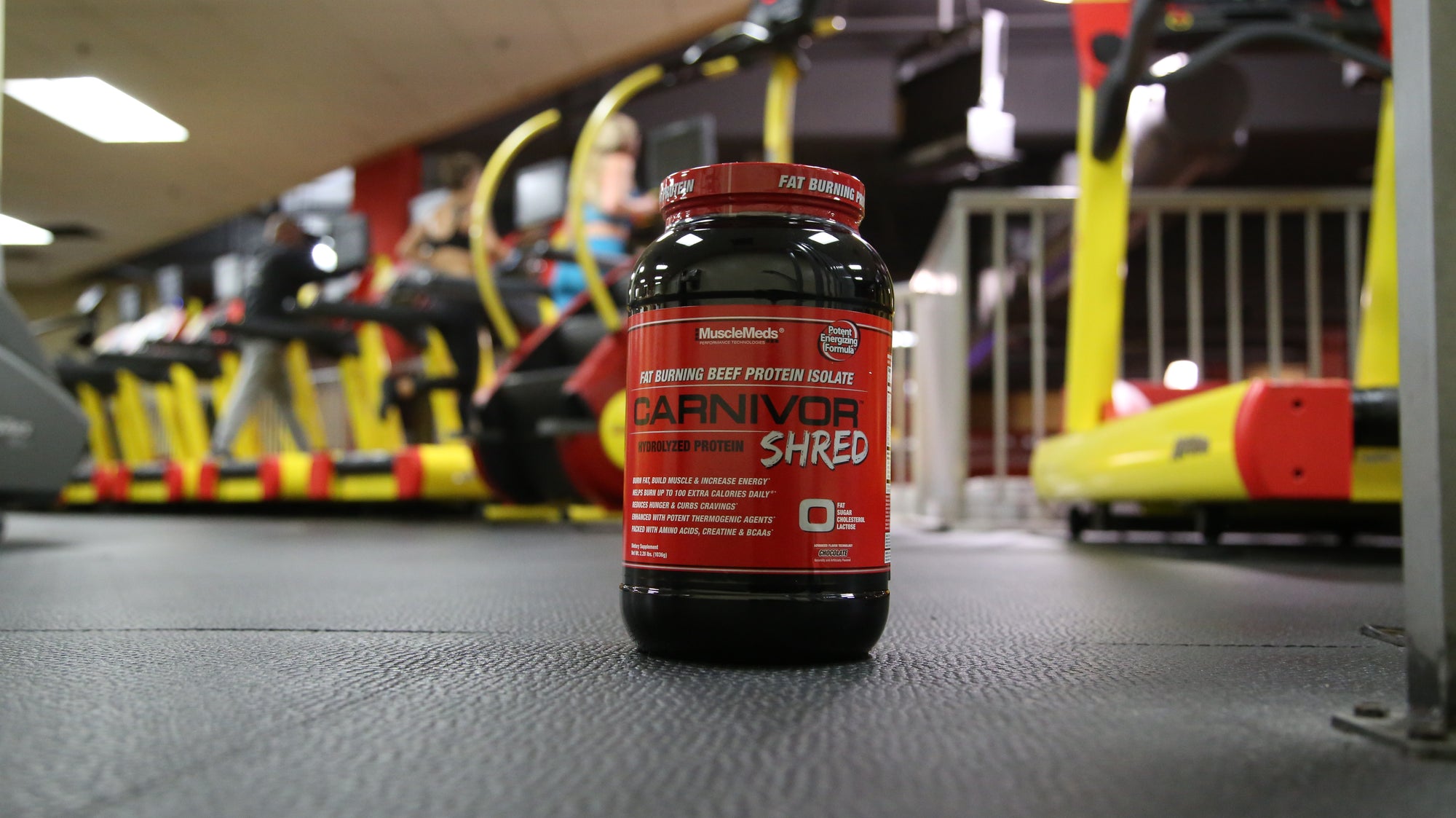Deadlifts. The ultimate test of strength, where gravity is your arch nemesis. A movement that activates a number of muscle groups from the hamstrings up to the biceps. Some muscle groups are much more engaged than others, but overall this is considered a full body exercise. This is one of the 3 primary power compound lifts, very commonly tested in powerlifting meets across the globe. In this article we’ll discuss how to improve your deadlift through both form and assistance movements.
First and foremost, this movement is one of the most complex and challenging to perfect. There is high risk for high reward when it comes to the deadlift. As full body strength is developed, the risk is heightened and form must be flawless to ensure safety.
- Position your body in front of the bar, with your feet placed underneath hip-width apart. As you descend towards the bar, ensure your shoulders are pulled back and your chest stays facing upwards. Keeping your back straight is a key element to perfecting the deadlift, our intention is to never see it rounded from start to finish.
- Your grasp of the bar should be just a hair wider than shoulder-width apart. A mixed grip (one palm facing inwards, one palm facing outwards) is recommended for conventional deadlifts.
- As you begin your ascension, your shins should be centimeters from the bar. Maintaining your retracted shoulders, push your hips forward as the bar rises. It’s important to ensure your chest stays in the upward position all throughout.
- It’s key to make this one fluid motion. Avoid straightening your legs too quickly and pulling the rest of the motion with your lower back. As the bar moves, your body should slowly straight out in sync with it.
-
Lock the bar out at the top of the motion without leaning backwards, then slowly descend in the same fashion you pulled the weight. One fluid movement as the bar descends, your body moves back to the starting position along with it.
Let’s shift gears on how to improve your lift. A key accessory movement that will particularly help with the second half of the movement (bringing the bar from past your knees to lock out position) is the rack pull.
- Rack pulls must be performed in a power cage or half cage. Set up the bar to be in starting position just under your knees. The lower the bar, the more glute/hamstring activation, while the higher you position the bars starting position the more back muscles will be utilized.
- With your feet shoulder width apart and bar centimeters from your shins, position your hands shoulder width apart and grab the bar with an overhand grip.
- Keep your chest up and back straight as you ascend, pushing your hips forward.
- As you reach full extension pull your shoulders back. Then return the bar back to starting position while ensuring proper form.
Lastly, let’s tackle the first half of the deadlift movement. Fighting gravity as it’s peak and performing that initial pull off the floor up to about your knees. Conquer this beast by performing deficit deadlifts. This is executed by performing the complete deadlift standing on an elevated platform about 1-4 inches off the ground (the higher off the ground, the more challenging). The deficit deadlift increases the range of motion for the movement. This requires an increased recruitment of muscle fibers from the quads and posterior chain.
These are the foundation of building deadlift strength. There are other movements that are highly recommended to include in your strength training protocol as well such as farmers walks to build grip strength.



